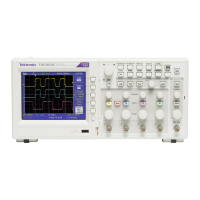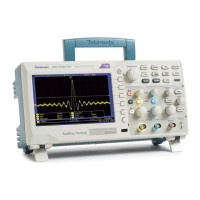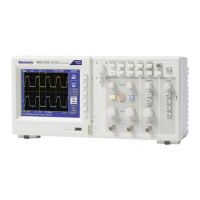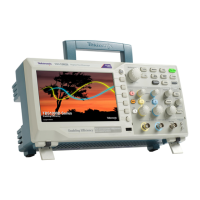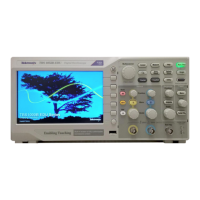Using FFT to see signal frequency information
There are many signals that have some sort of distortion or unwanted
characteristics. Sometimes these distortions do not affect how that signal works
in the circuit. But often system clock pulses, signals induced from a nearby
printed circuit path, or noise from a power supply or other source can affect a
signal and prevent it from operating correctly. The FFT function is a powerful
tool to help you find the frequencies of unwanted signals that are embedded in
your main signal.
The FFT function uses Fast Fourier Transformation (FFT) mathematical
calculations on the waveform data to determine the component frequencies in the
signal. The resulting waveform shows a series of ‘spikes’ along a horizontal axis,
where each spike represents a frequency component of the waveform and its
amplitude. In other words, an FFT is a basic spectrum analyzer function to
analyze frequency components of a waveform.
1. Acquire and display several cycles of the waveform.
NOTE. You can only display FFT waveforms for 2000 and 20K point record
length waveforms.
Analyzing a waveform
110 TBS1000C Series Oscilloscopes User Manual
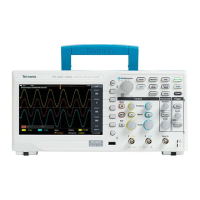
